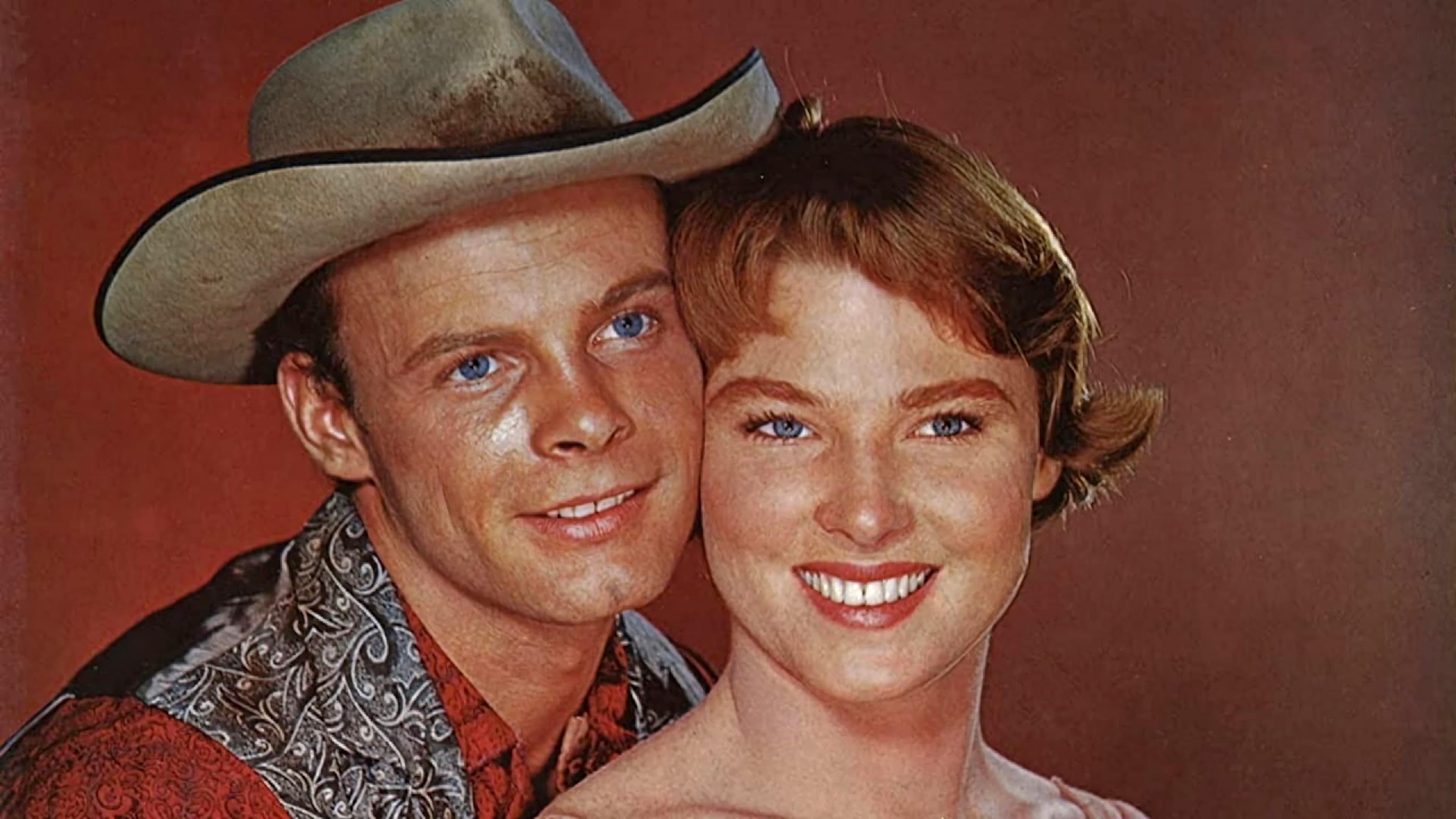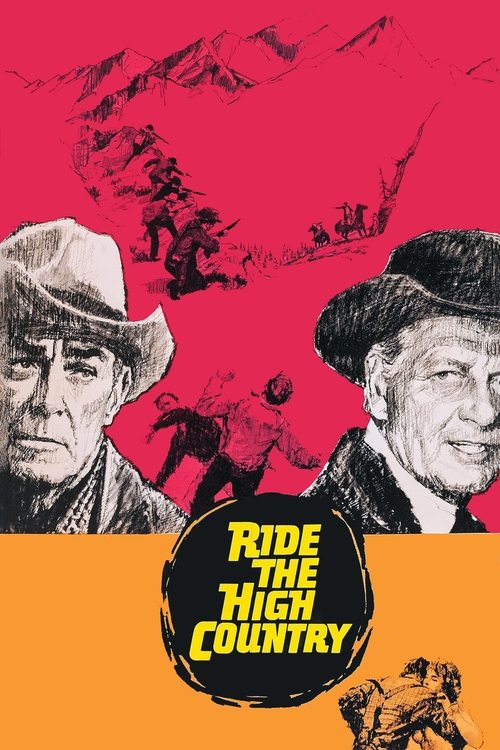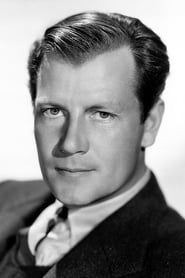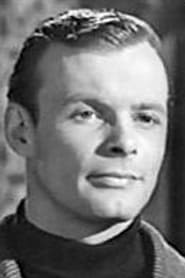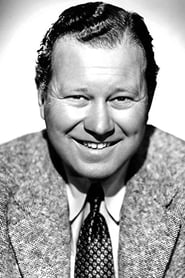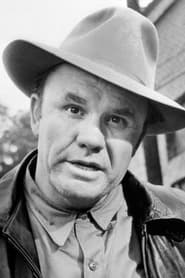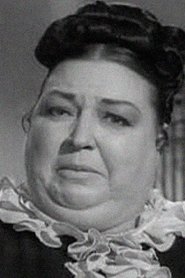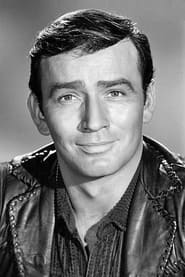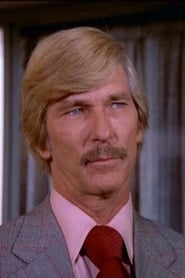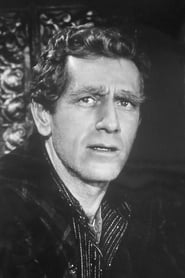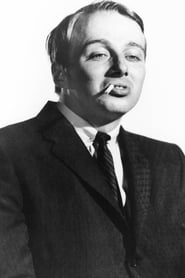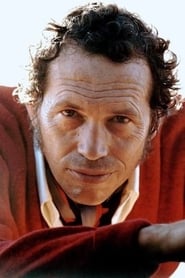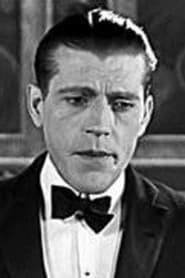Cast
View AllRandolph Scott
as Gil Westrum
Joel McCrea
as Steve Judd
Mariette Hartley
as Elsa Knudsen
Ron Starr
as Heck Longtree
Edgar Buchanan
as Judge Tolliver
R.G. Armstrong
as Joshua Knudsen
Jenie Jackson
as Kate
James Drury
as Billy Hammond
L.Q. Jones
as Sylvus Hammond
John Anderson
as Elder Hammond
John Davis Chandler
as Jimmy Hammond
Warren Oates
as Henry Hammond
Alice Allyn
as Candy (uncredited)
Oscar Blank
as Miner (uncredited)
Chet Brandenburg
as Miner (uncredited)
Crew
Director
- Sam Peckinpah
Writer
- N.B. Stone Jr.
Producer
- Richard E. Lyons
Reviews
John Chard
Revisonist splendour as Peckinpah starts his thematic obsession.
"All I want is to Enter My House Justified"
Sam Peckinpah's second feature film is today standing up as a must see and must own for those interested in the Western genre.
The film sees ageing lawman Steve Judd land a job of escorting a gold shipment safely to a bank in Hornitos. After running into old friend, and fellow aged lawman Gil Westrun, he hires both he and his young sparky sidekick Heck Longtree to hopefully see the job through to a successful conclusion. Yet Gil has other ideas, for where Steve is upstanding and adhering to the values he has lived his life by, Gil sees this as one last chance to actually get a big payday. The journey takes a further twist as the three men meet and then save Elsa Knudsen from a brutal marriage, it's an incident that puts them all on a collision course with the Hammond brothers.
What we have here is Sam Peckinpah's first film dealing with men who have outlived their time. We witness some emotionally poignant stuff as the two main protagonists know that they have aged beyond their world, yet as alike as they are, they have different ideals in how to deal with the advent of time. The masterstroke here is the casting of genre legends Joel McRea & Randolph Scott as Steve & Gil respectively. It's evident from the off that both men are identifying with their characters, with both men hitting top emotional form to fully realise the thematic heart of the story. Mariette Hartley makes her film debut as Elsa, and she fits in nicely with the quality on show behind and in front of the camera. Lucien Ballard's cinematography is gorgeous as the various California locations envelope the protagonists in a sort of elegiac way, and Peckinpah directs with his heart as well as his head.
Bookended by two heart-achingly super sequences, of which the finale has rightly passed into Western genre legend, this really is a strong and beautiful film, one that simultaneously shows a truly great director was at work. For here he was left alone, and the final result is a quality Western beating far more than just a cowboy heart. The supporting cast is strong, notably Edgar Buchanan, L.Q. Jones & John Anderson, while the undervalued George Bassman provides a narratively fitting tonal music score. If there is a criticism? it's that Peckinpah doesn't let the younger characters breath, but given the film's core focus on aged men in an aged passing era, well it's easily forgiven. A precursor to The Wild Bunch for sure, but while the theme is the same for both films, this one impacts in a very different way. Highly recommended, not just for the Oater crowd, but for fans of classic cinema too. 9/10
Dec 30, 2018
Thematic Analysis
Ride the High Country represents a fascinating example of Western cinema, offering viewers a unique perspective on the human experience and societal structures. The film's approach to its themes demonstrates a creative vision that distinguishes it within its genre.
Director Sam Peckinpah brings their distinctive visual style to this film, continuing their exploration of themes seen in their previous works while adding new elements. Their approach to pacing and visual storytelling creates a viewing experience that rewards close attention.
Released in 1962, the film exists within a cultural context that now offers viewers historical perspective on the social issues of that era. Its reception demonstrates the diverse reactions to its artistic choices and its place in cinema history.
Did You Know?
- The production of Ride the High Country took approximately 20 months from pre-production to final cut.
- With a budget of $0.8 million, the film represented a significant investment in bringing this story to the screen.
- The final cut of the film runs for 94 minutes, though the director's initial assembly was reportedly 140 minutes long.
- Some visual effects sequences took up to 8 months to complete.
- The cast underwent specialized training for 2 weeks before filming began.
- The film contains approximately 1099 individual shots.
Historical Context
- In 1962, when this film was released:
- The Vietnam War was becoming increasingly controversial.
- Counterculture movements were challenging traditional values.
- The film industry was dominated by major studios, with independent cinema still in its early development.
How This Film Stands Out
While Ride the High Country shares thematic elements with other films in its genre, it distinguishes itself through its unique approach to storytelling, visual style, and character development.
Unlike Bad Company, which takes a more conventional approach to its subject matter, Ride the High Country subverts genre expectations by exploring its themes with greater nuance.
While films like 100 Rifles and Cut-Throats Nine explore similar territory, Ride the High Country stands apart through its distinctive directorial vision and pacing.
This film's unique contribution to cinema lies in its bold artistic choices and willingness to challenge viewer expectations, making it a valuable addition to its genre.
Details
- Release Date: June 20, 1962
- Runtime: 1h 34m
- Budget: $813,000

